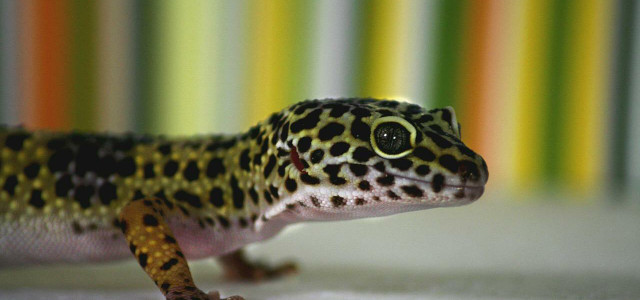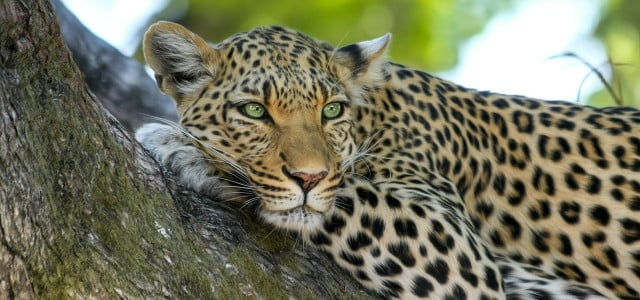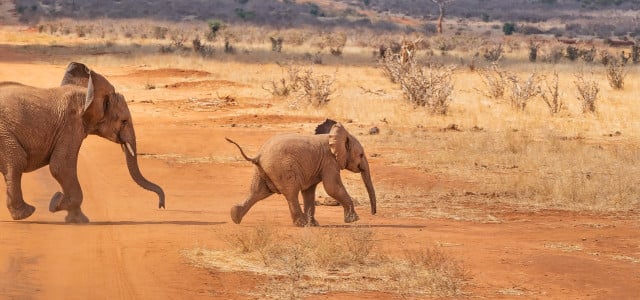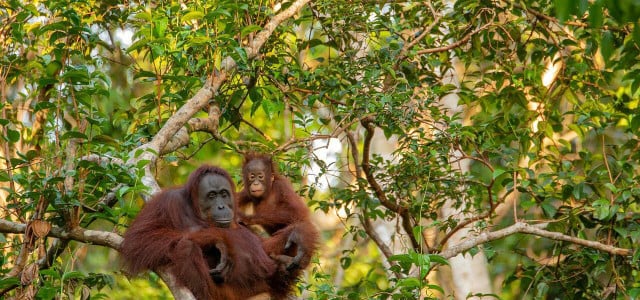Leopard lizards are an endangered species that lives in the deserts of the US and Mexico. Learn more about them and why they are in trouble.
With their plethora of dark spots and cream-colored bands, leopard lizards are one of the most unique-looking lizard species. The different varieties of leopard lizards include the blunt-nosed leopard lizard (Gambelia sila) and the long-nosed leopard lizard (Gambelia wislizenii).
Leopard lizards, which live from six to eight years, have dark spots covering most of their bodies, making them instantly distinguishable from other species of lizard. The spots act as camouflage, hiding them from predators and changing color to blend in with their surroundings. Females develop red or orange spots when pregnant, while males’ necks turn dark red during mating season. Leopard lizards are cold-blooded and do best in hot, dry climates with little vegetation, such as the South-west United States and Northern Mexico.
Long-Nosed Leopard Lizards
Long-nosed leopard lizards are considerably larger than other lizard species. The bodies of females are 7.1 to 7.9 inches (18 to 20 centimeters) long, and males are 7.9 to 11 inches (20 to 28 centimeters). They also have a long tail that can be almost twice the length of their bodies.
Blunt-Nosed Leopard Lizards
Blunt-nosed leopard lizards are only found in California, mainly in the San Joaquin Valley and surrounding valleys. They are slightly smaller than long-nosed leopard lizards and measure an average of 4.7 inches (11.9 centimeters) long.
What Is the Leopard Lizard's Diet?
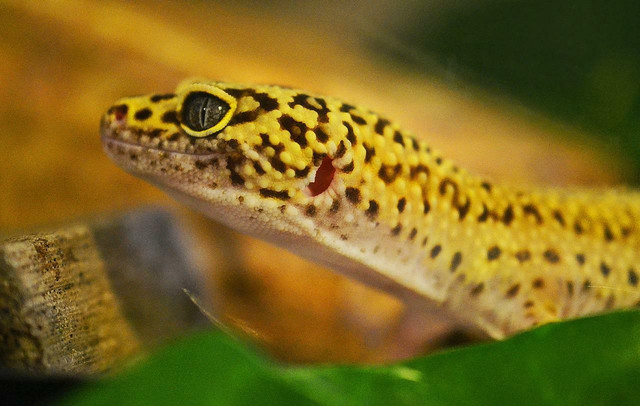


(Foto: CC0 / Pixabay / heyerlein)
Leopard lizards are omnivorous reptiles, and their diet mainly consists of rodents and insects like beetles and vegetation such as leaves and wild berries. Their main predators are birds, coyotes, snakes and foxes.
Luckily, these attractively decorated lizards have adaptations that protect them from predators: first, they can run at very high speeds, allowing them to escape danger without being caught. Second, their long, regenerative tails can be released from their bodies if grabbed, giving them the chance to get away and regrow it later.
Why Is the Leopard Lizard Endangered?



(Foto: CC0 / Pixabay / torstensimon)
While the population of long-nosed leopard lizards is relatively stable, their blunt-nosed relatives are considered endangered — and their numbers are declining.
Blunt-nosed leopard lizards have been endangered for over 40 years, with the US Department of the Interior first listing them as endangered in 1967. Roughly 95 percent of their population has been depleted since the 19th century, which means the species is becoming increasingly sparse.
Habitat loss is the primary threat: their habitat has been largely destroyed by construction work clearing desert land for development and oil and gas extraction. Poisoning from pesticide use in agriculture is another significant challenge.
Rising temperatures caused by climate change exacerbate the difficulties they face. They have to maintain body temperatures below their upper thermal tolerance and must spend up to 75 percent of daylight hours shaded underground from the sun, where they can’t mate, eat or defend their territories.
Donating to conservation efforts and environmental organizations can protect endangered species like the leopard lizard. Buying organic foods that have not been grown with pesticides is another simple change to help protect biodiversity and animal habitats.
Read more:
- 14 Surprising Animals in Yosemite National Park
- 5 Animal Attractions You Should Skip This Vacation
- The 15 Most Endangered Animals in America
Do you like this post?






